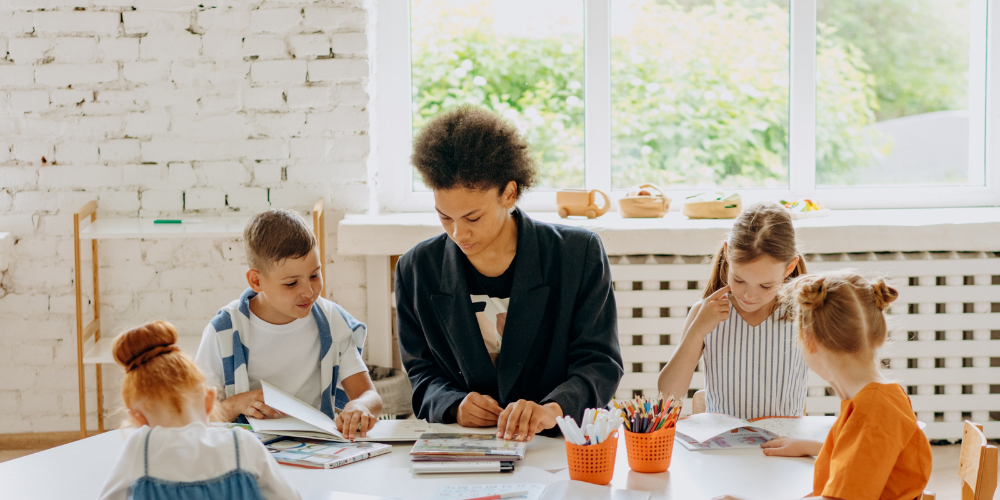The interior design of a classroom is vital to maximize student engagement, but it needs to be noticed. The aim of creating a conducive learning environment must be the base of designing a classroom. You must design a classroom with a purpose and intention to increase student engagement; this can call for unique and innovative ideas; let’s look at a few factors that can contribute to designing a classroom.
Color Psychology
Colors play a significant role in boosting the creativity and interests of the students. Aim for bright colors to catch students' interest, while pastel colors can bring calmness. It is a good idea to use a combination of bright and pastel colors to benefit from both colors, but remember you must create harmony in designing and using colors effectively. Wrong use of colors can negatively impact learning.
Flexible Seating
Gone are the days when the traditional chair and desk setup was the only seating plan for a classroom. In modern classrooms, interior designing is vital. Using various seating options like bean bags, rugs, floor cushions, or standing desks has created a new approach to improving student engagement and concentration. Children in a modern preschool classroom have the flexibility to work in any seating position he wants to help with the mood and bring interest.
Wall Decorations
Classroom walls are a broad canvas for teachers to display informative and inspiring materials. Showcasing student work or educational posters to stimulate a visually encouraging learning environment is wise.
These wall decorations must have some aesthetic appeal to the classroom; you can use professional interior designers' help to create bespoke wall decors.
Natural Light
Research shows that exposure to natural light increases productivity and concentration, leading to better academic performance in children. Classrooms with ample windows and skylights allow natural light to enter the class and improve the energy and enthusiasm of children.
Technology Integration
Modern classroom designs must integrate technology to aid learning, including smart boards, tablets, multimedia projectors, and digital devices. Now the classrooms must have strong Wi-Fi to support online surfing; there must be enough socket boards to charge the devices conveniently.
Plants and Greenery
Adding nature and natural elements can improve cognitive function and concentration. They can also help improve air quality and reduce stress levels. Invest in indoor plants that may not need much maintenance but must appeal to the eyes and may not create an obstacle.
Comfortable Furniture
The maximum time children spend in a classroom is on the furniture; it is vital to pay importance to the choice of furniture. Select comfortable furniture which must support back health to reduce fatigue and pain.
Storage Solutions
Students in a classroom must have intelligent storage solutions to avoid making the classroom messy.
You can invest in some storage cabinets, shelves, dividers, or wall-mounted solutions, which create less space and can provide storage solutions to make the classroom clutter-free.
Personalization
Modern classrooms carry a new trend where children can decorate their desks, chairs, shelves, or cubbies with their favorite decorations, allowing children to take ownership of their learning environment.
In conclusion, classroom interior design is vital in maximizing student engagement.
By incorporating unique and innovative ideas, we can enhance student engagement and reap the benefits of using intelligent solutions for interior design in a classroom.


